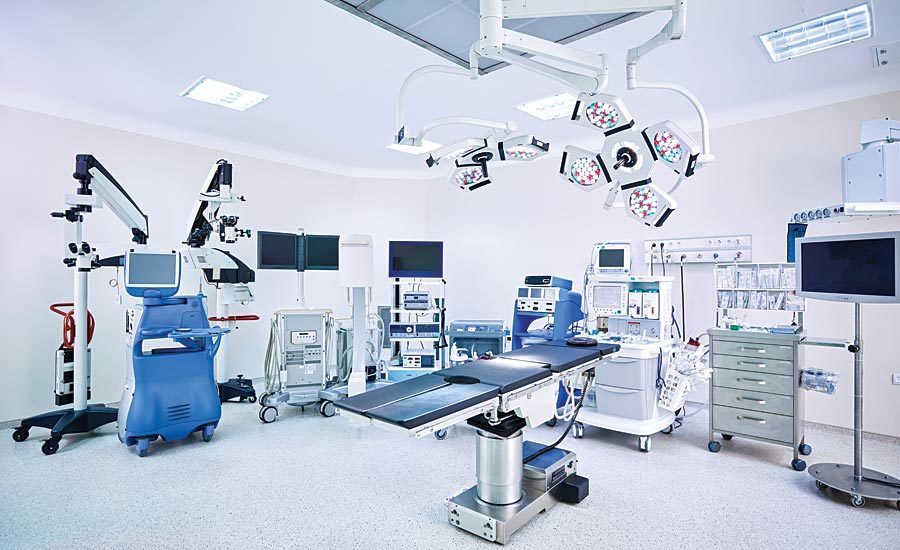Activation analysis is a nuclear analytical technique used for determining the concentrations of elements present in a wide variety of materials. With its sensitive multi-element capabilities and minimal sample preparation requirements, activation analysis has proven to be an indispensable analytical technique across numerous industries and fields of research.
What is Activation Analysis?
Activation analysis is based on the principle of nuclear activation. When a material is exposed to nuclear radiation such as neutrons, some of its constituent elements undergo nuclear reactions and become radioactive. These artificially produced radionuclides, known as activation products, emit radiation like gamma rays that are characteristic of the parent element. By measuring the emitted radiation, the amount or concentration of the parent element in the sample can be determined.
Over 60 elements can be analyzed simultaneously using activation analysis, providing a complete elemental profile of the sample. Since the technique does not rely on chemical separations, it requires minimal or no sample preparation. Another key advantage is its low detection limits in the parts-per-million (ppm) or even parts-per-billion (ppb) range allowing trace elements to be reliably quantified. Due to these benefits, activation analysis has been widely adopted across diverse fields like geology, metallurgy, archaeology, semiconductor industry and more.
Instrumentation for Activation Analysis
There are two primary components required for activation analysis – a neutron source and radiation detection equipment. Neutron sources commonly used include nuclear reactors, sealed neutron tubes, and particle accelerators. Samples are exposed to the neutron flux inside the neutron source which activates them. After a cooling off period that allows short-lived isotopes to decay, the activated samples are transported to radiation counting stations for analysis.
At the counting station, detection equipment like high purity germanium (HPGe) detectors are used to measure the gamma rays released by the radioactive nuclides. These gamma-ray spectra provide fingerprint signatures of the elemental composition. Sophisticated spectroscopy software then analyzes the spectra to identify and quantify individual elements present in the sample. Other complementary detection methods involve counting alpha or beta emissions. State-of-the-art multi-detector systems with high throughput automation have vastly increased the productivity of activation analysis.
Applications of Activation Analysis
With its broad elemental coverage and minimal interference matrix effects, activation analysis finds widespread applications in diverse fields:
– Geochemistry and Mineral Exploration: Determining trace element abundances in rocks and minerals helps map ore deposits and understand Earth’s dynamics. Activation analysis offers critical insights into geological and cosmochemical processes.
– Archaeology and Artifacts: Elemental analysis helps authenticate artifacts and pieces of art while studying trade routes and cultural exchange. Activation analysis has uncovered many metallurgical practices of ancient civilizations.
– Semiconductor Industry: Monitoring trace tramp elements at sub-ppm levels is crucial for manufacturing high-purity silicon and compound semiconductors. Here activation analysis excels as a QA/QC tool.
– Metallurgy and Alloy Development: Precise quantification of alloying elements enables the development novel high-performance alloys for critical applications. Quality control in steel plants also benefits from activation analysis.
– Environmental and Nuclear Monitoring: Determining anthropogenic and natural elemental signatures aids environmental remediation. The method effectively analyzes samples from nuclear reactors, fuel cycles and fallout.
– Forensic Applications: Activation analysis facilitates forensic matching of evidence samples to sources and aids criminal investigations and ballistic analyses.
Emerging Areas and Future Outlook
Advancing neutron source and detector technologies continue to push the frontiers of Activation Analysis Equipment. Laser-driven neutron sources and micro-bead Neutron Activation Analysis now permit rapid in-situ and online analysis. Novel neutron-induced fission product gamma counting extends analysis to high Z elements. Miniaturization and field-portable gamma spectrometers expand the reach of activation analysis to new terrains and applications beyond the traditional laboratory settings.
Automated sample handling, remote access to neutron facilities over networks, and artificial intelligence for big data analysis promise to revolutionize activation analysis. Coupling it with techniques like ICP-MS and secondary ion mass spectrometry opens new multi-dimensional perspectives. Activation analysis continues to play a critical analytical role and remains an indispensable tool for future scientific discovery and industrial quality control. Looking ahead, integration with digital transformation will cement its importance across multi-disciplinary domains for many more decades to come.
Nuclear activation analysis has evolved into a powerful yet versatile analytical technique due to refinements in instrumentation and methodology over the years. With its multi-element strengths, minimal sample preparation needs, and wide-ranging applications, activation analysis remains highly relevant even today. Emerging technologies ensuring greater sensitivity, mobility, and automation will help expand the scope and impact of this nuclear analytical technique well into the future.
*Note:
1. Source: Coherent Market Insights, Public sources, Desk research
2. We have leveraged AI tools to mine information and compile it


